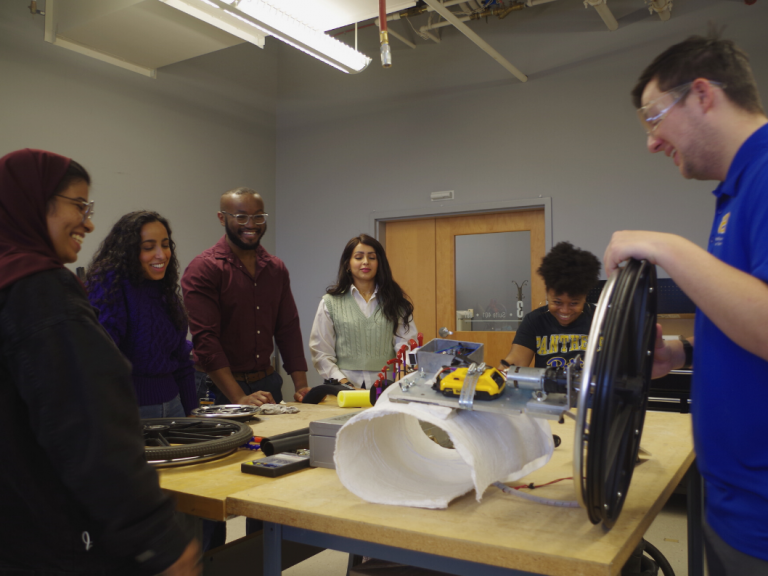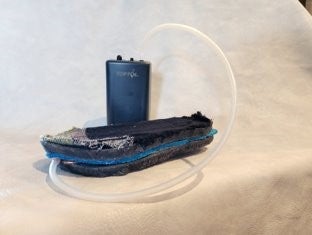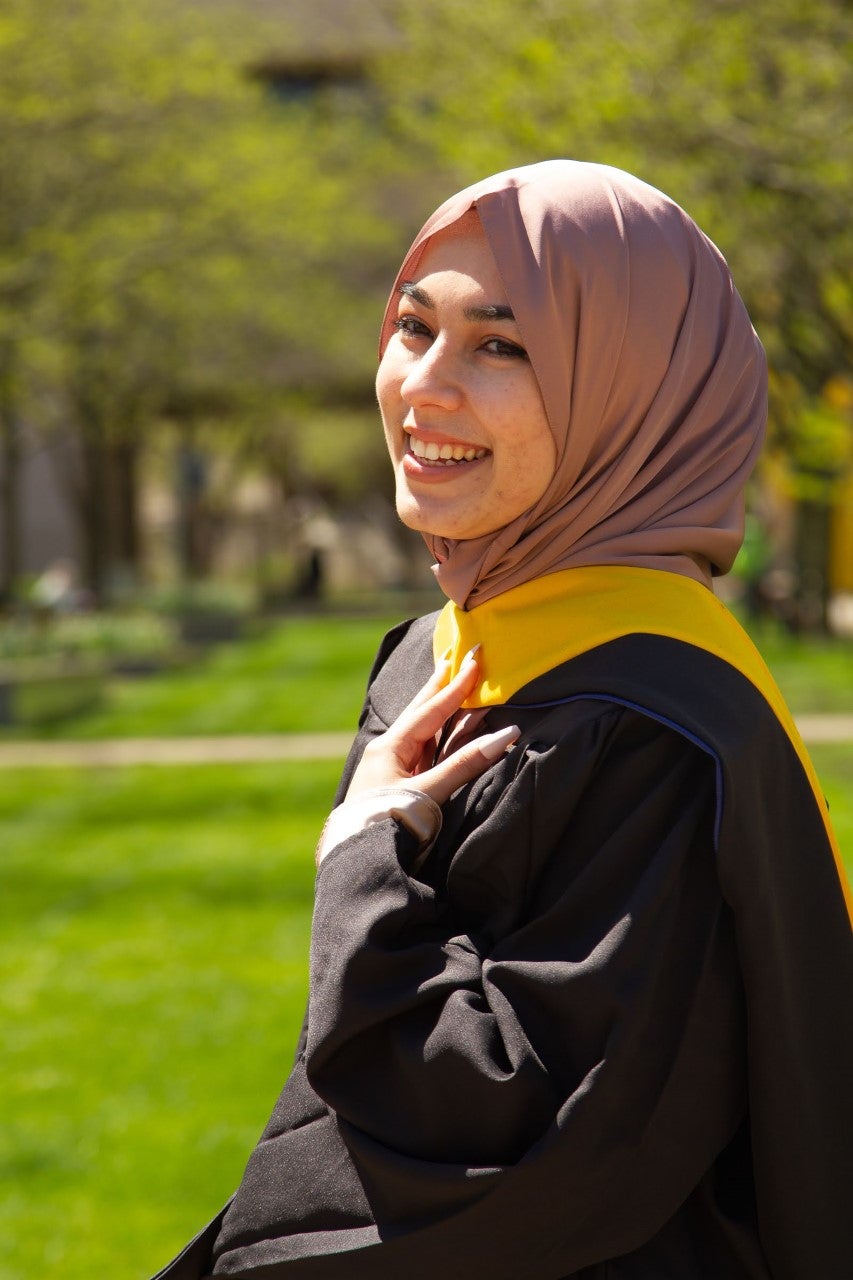
The Master of Rehabilitation Technology program is for people of many different backgrounds: physical therapy, engineering, IT and more. One of the beautiful things about this program is that it provides an environment for individuals with these different backgrounds to collaborate and create an assistive device for people in need.
All students in the program are required to participate in a yearlong class called Client Centered Rehabilitation and Assistive Technology Design. The class' main objective is to help students experience the design process through the development of a product for a specific client.
My group consisted of three individuals: a kinesiologist living in New Jersey, an IT professional living in Pennsylvania, and a biomedical engineer living in Massachusetts (that’s me!). Although our master’s program was virtual and each student was working remotely, our team collaborated as though we had been working alongside each other in person.
Our team decided to develop a product for Rachel, a woman born with Spina bifida who has foot neuropathy and is susceptible to pressure injuries. This means that she cannot sense when her feet are in pain, which makes it difficult for her to stop walking when they are injured. She wanted a device that would notify her before she developed a pressure injury.
For the interview process, our team coordinated a Zoom discussion with Rachel to better understand her needs. She was actually the wife of one of our team members, so she was easily accessible for input throughout the whole design process. Some of the needs that were most important to her were safety and discreetness.
Our group was leaning towards the development of an electronic device, however, with our remote locations and only one year to complete the project we decided to pursue a mechanical route through parallel prototyping. Pressure injuries are also a major mystery in the research world, so developing a device that would predict pressure injuries was more complicated than preventing them. Therefore, we decided to focus on developing a product that decreases the risk of pressure injuries by decreasing one of the factors that leads to them: moisture. This is because there is limited research on pressure injuries, but we know that managing moisture may prevent them.
Our final product was an insole that blows air through a small fan module. This product is layered with foam and perforated air channels to increase air flow. It has a clear vinyl tube which comes out from the middle of the layers of the insole and travels to the small fan module. Our objective for future improvements is to develop a smaller fan module with stronger airflow to further decrease moisture and conduct testing over longer periods of time to determine the effectiveness of our product.
This class taught me more than how to build a device. It taught me how to work effectively with students from all over the world, organize my time to manage a long-term project, and reach out to experts to utilize their fountain of knowledge. The skills I learned during Client Centered Rehabilitation and Assistive Technology Design were extremely valuable, and I am excited to apply them in the future.

Figure 1. Final Product: Air Insole
Learn more about the University of Pittsburgh Master of Rehabilitation Technology program and curriculum here.
--

Written by: Areeba Khan
SHRS Alumni, MRT ‘22
